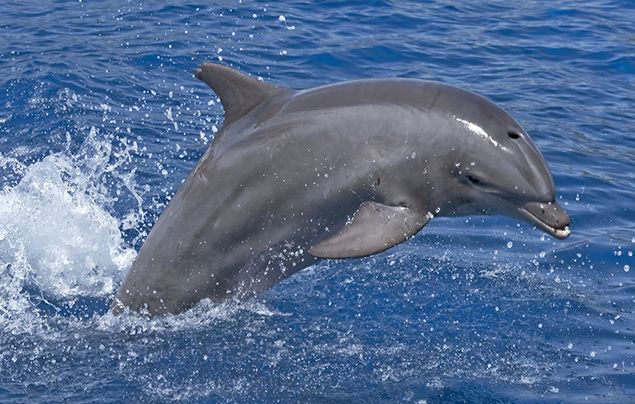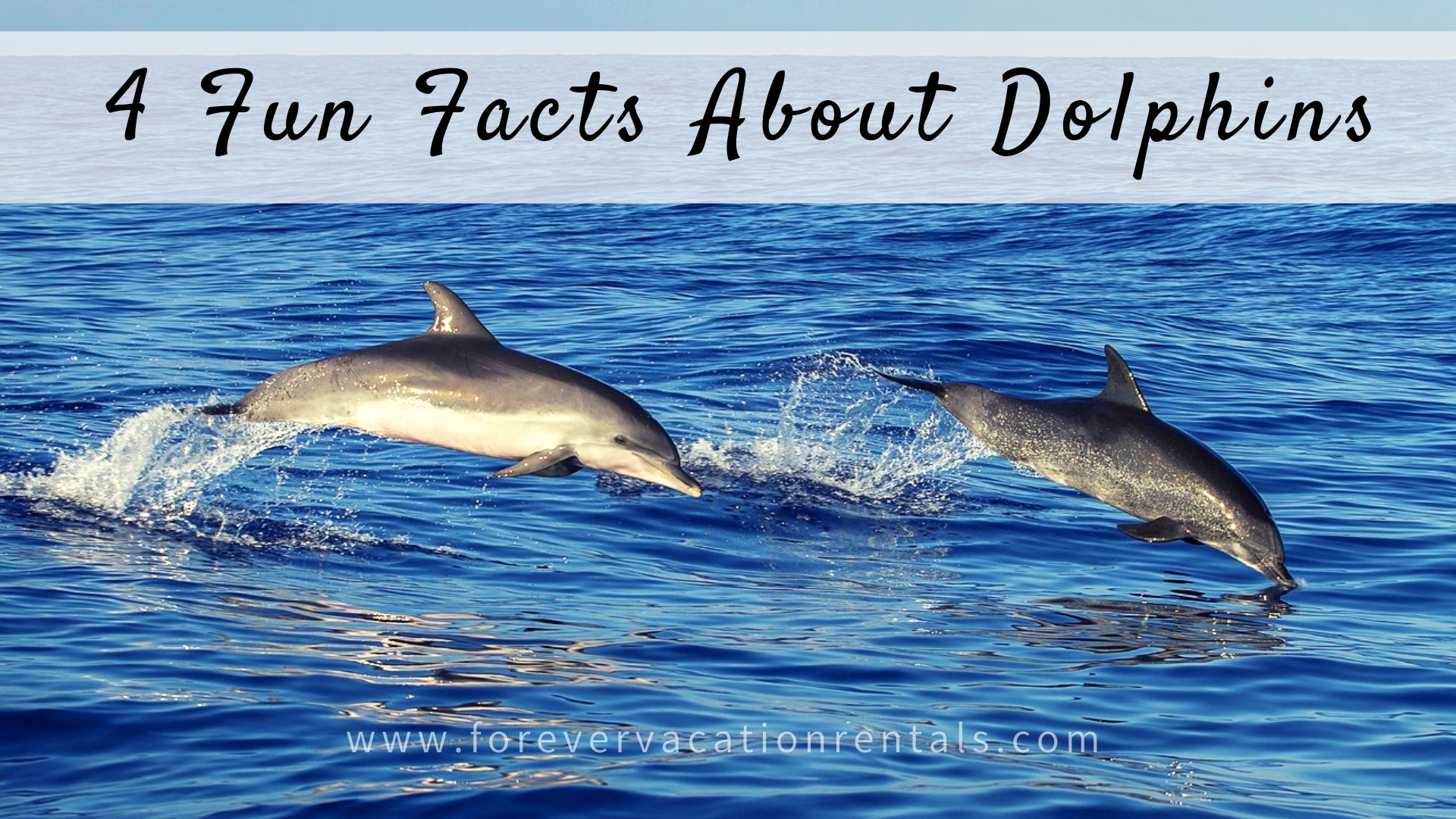Unbelievable Dolphin Facts About Their Role in Ocean Preservation
Wiki Article
Dive Into the Ocean: Captivating Dolphin Facts for Sea Lovers
The world of dolphins offers a fascinating crossway of intelligence, social actions, and eco-friendly value. From their complex communication techniques to their excellent analytic abilities, dolphins test our understanding of pet intelligence.Dolphin Species Diversity
Variety is a trademark of the dolphin family members, encompassing a variety of varieties that exhibit unique physical features, behaviors, and environments. The family members Delphinidae, typically called oceanic dolphins, makes up about 37 species, each adapted to certain eco-friendly niches. As an example, the bottlenose dolphin (Tursiops truncatus) is renowned for its knowledge and flexibility, prospering in both open and coastal ocean atmospheres.On the other hand, the whale (Orcinus orca), typically described as the awesome whale, is the biggest participant of the dolphin family and is characterized by its striking black-and-white coloration. Orcas demonstrate complicated social frameworks and searching strategies, showcasing the behavior variety within the family members. Various other species, such as the spinner dolphin (Stenella longirostris), are noted for their acrobatic displays and preference for warmer waters, highlighting the adaptability of dolphins to different marine environments.
Furthermore, river dolphins, consisting of the pink river dolphin (Inia geoffrensis), populate freshwater atmospheres, additionally showing the considerable environments that dolphins inhabit. Dolphin Facts. This extraordinary variety not just enhances marine ecosystems yet additionally stresses the value of preservation efforts to safeguard these amazing creatures and their settings
Social Actions and Interaction
The elaborate social habits and communication approaches of dolphins are essential elements of their existence, facilitating team communication and enhancing survival. These highly smart aquatic animals display complicated social structures, frequently forming coverings that can range from a few people to over a hundred. Within these groups, dolphins involve in behaviors such as cooperative hunting, social play, and common protection, which cultivate strong bonds amongst members.Dolphins use an innovative variety of articulations, including clicks, whistles, and body movement, to communicate info and reveal emotions. Their signature whistles serve as distinct identifiers, similar to names, allowing individuals to call out to each other. This vocal interaction is complemented by non-verbal signals, such as jumping, slapping the water, and synchronized swimming, which additionally enhances their interactions.

One-of-a-kind Feeding Behaviors
Special feeding routines define dolphins, showcasing their adaptability and knowledge in different marine environments. These aquatic animals are known for their varied diet plans, which primarily contain fish, squid, and shellfishes. Their hunting strategies can vary considerably, often customized to the certain prey and ecological conditions.One remarkable technique is cooperative searching, where dolphins work in teams to herd schools of fish right into tight developments, making it much easier for individuals to capture their meal. This social habits not only improves their feeding efficiency yet likewise enhances social bonds within the hull. Furthermore, dolphins have actually been observed utilizing a technique called "fish-whacking," where they utilize their tails to stun or disorient fish, helping with less complicated capture.
One more fascinating feeding practice is echolocation, which permits dolphins to discover target even in dirty waters. By giving off sound waves and analyzing the returning echoes, they can determine the dimension, form, and location of their targets. useful source This impressive ability highlights their flexibility in various habitats, from shallow coastal areas to deeper oceanic waters. In general, the unique feeding practices of dolphins highlight their function as skilled predators within the marine community, showing both knowledge and resourcefulness.
Intelligence and Issue Resolving
Their intelligence is obvious in their analytical skills, social interactions, and capacity for understanding. Research study has this page demonstrated that dolphins can make use of devices, such as utilizing marine sponges to protect their rostrums while foraging on the seafloor.Moreover, dolphins display sophisticated communication abilities, utilizing a complex system of clicks, whistles, and body language. Dolphin Facts. This interaction is critical for coordinating team activities, such as hunting and socializing, highlighting their ability to work collectively in the direction of a typical goal. Their capacity to comprehend abstract concepts, consisting of self-recognition in mirrors, additionally highlights their cognitive elegance
In controlled researches, dolphins have actually shown a capacity to address challenges and perform jobs that need both memory and crucial reasoning. These interactions show not only intelligence yet additionally a desire to engage with their environment in unique ways. On the whole, the cognitive prowess of dolphins positions them among the most intelligent varieties in the world, fostering a much deeper gratitude for their duty in marine environments.
Conservation and Environmental Effect
Preservation efforts aimed at shielding marine environments are crucial for protecting dolphin populations and their environments. Dolphins are very conscious environmental changes, and their survival is elaborately linked to the health of nautical ecological communities. Overfishing, contamination, and climate adjustment posture significant hazards to both dolphins and their environments.Overfishing interferes with the food chain, leading to a decline in victim types crucial for dolphin survival. Pollutants such as plastics and chemicals accumulate in marine environments, endangering dolphins through ingestion and bioaccumulation. Increased water temperatures and ocean acidification, you could try these out consequences of climate change, further threaten the fragile equilibrium of aquatic environments, impacting dolphin breeding and migratory patterns.
Conservation initiatives, including the facility of aquatic secured areas (MPAs), play an important role in protecting these intelligent animals. MPAs aid alleviate human effect, enabling communities to recover and thrive. Public understanding campaigns and area involvement are likewise important, fostering a society of stewardship in the direction of marine life. By focusing on conservation efforts, we can make certain that future generations take pleasure in the charm and vitality of dolphins and the seas they populate. Safeguarding aquatic environments is not almost conserving dolphins; it is about maintaining the complex web of life that maintains us all.
Verdict
Dolphins exemplify the complexity and richness of aquatic life with their diverse types, complex social structures, and progressed cognitive abilities. As important elements of aquatic ecosystems, dolphins underscore the necessity of ongoing conservation efforts to protect their habitats.Other types, such as the spinner dolphin (Stenella longirostris), are noted for their acrobatic screens and choice for warmer waters, highlighting the versatility of dolphins to different aquatic environments.
Generally, the special feeding behaviors of dolphins highlight their duty as experienced predators within the aquatic ecosystem, showing both knowledge and ingenuity.
Generally, the cognitive prowess of dolphins places them among the most smart varieties on the world, promoting a deeper appreciation for their role in aquatic ecological communities.

Report this wiki page